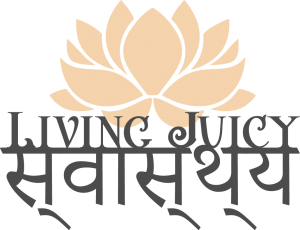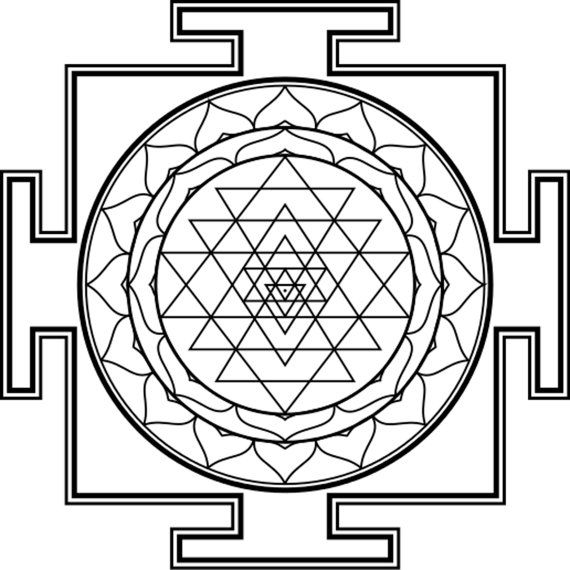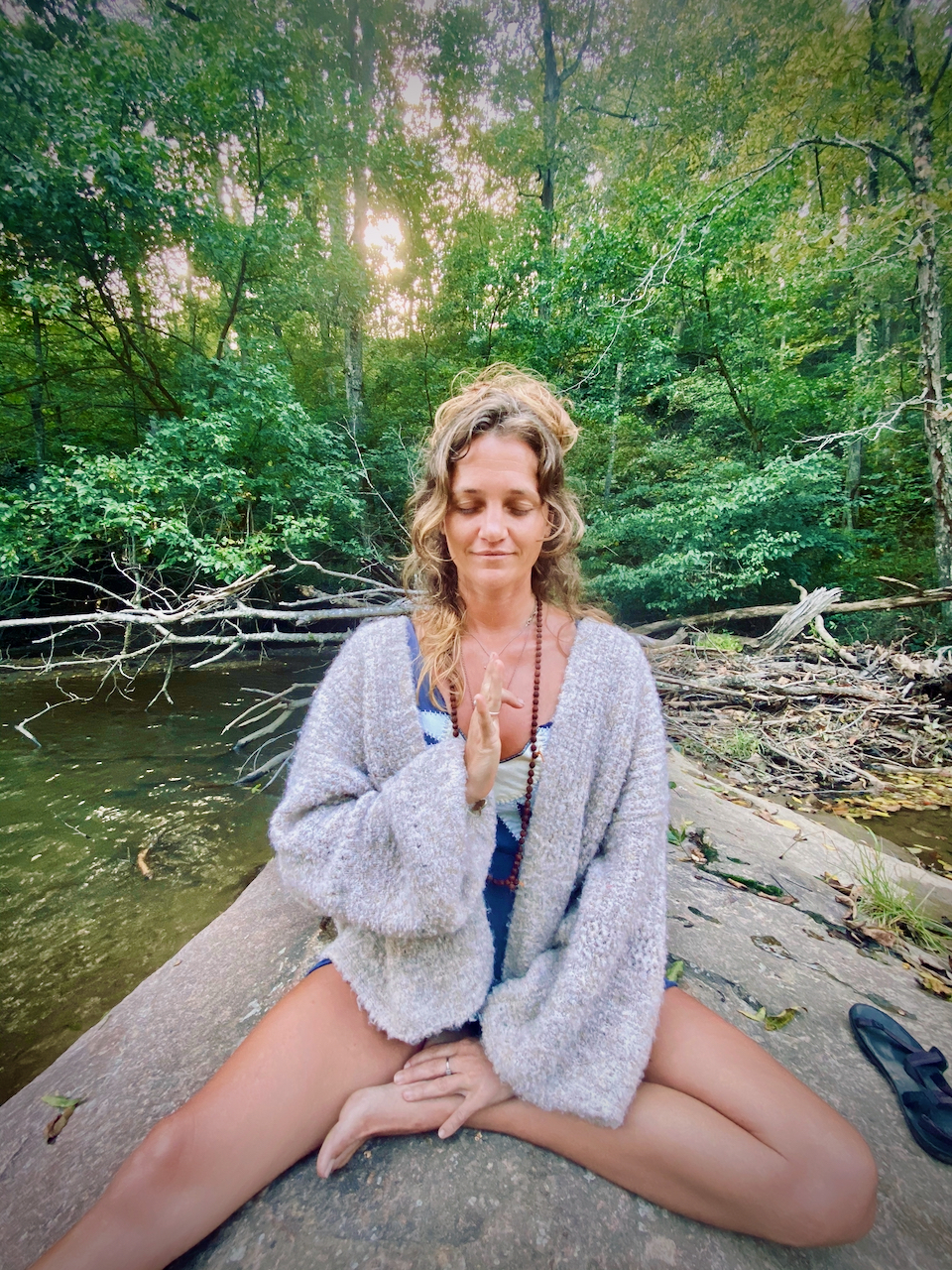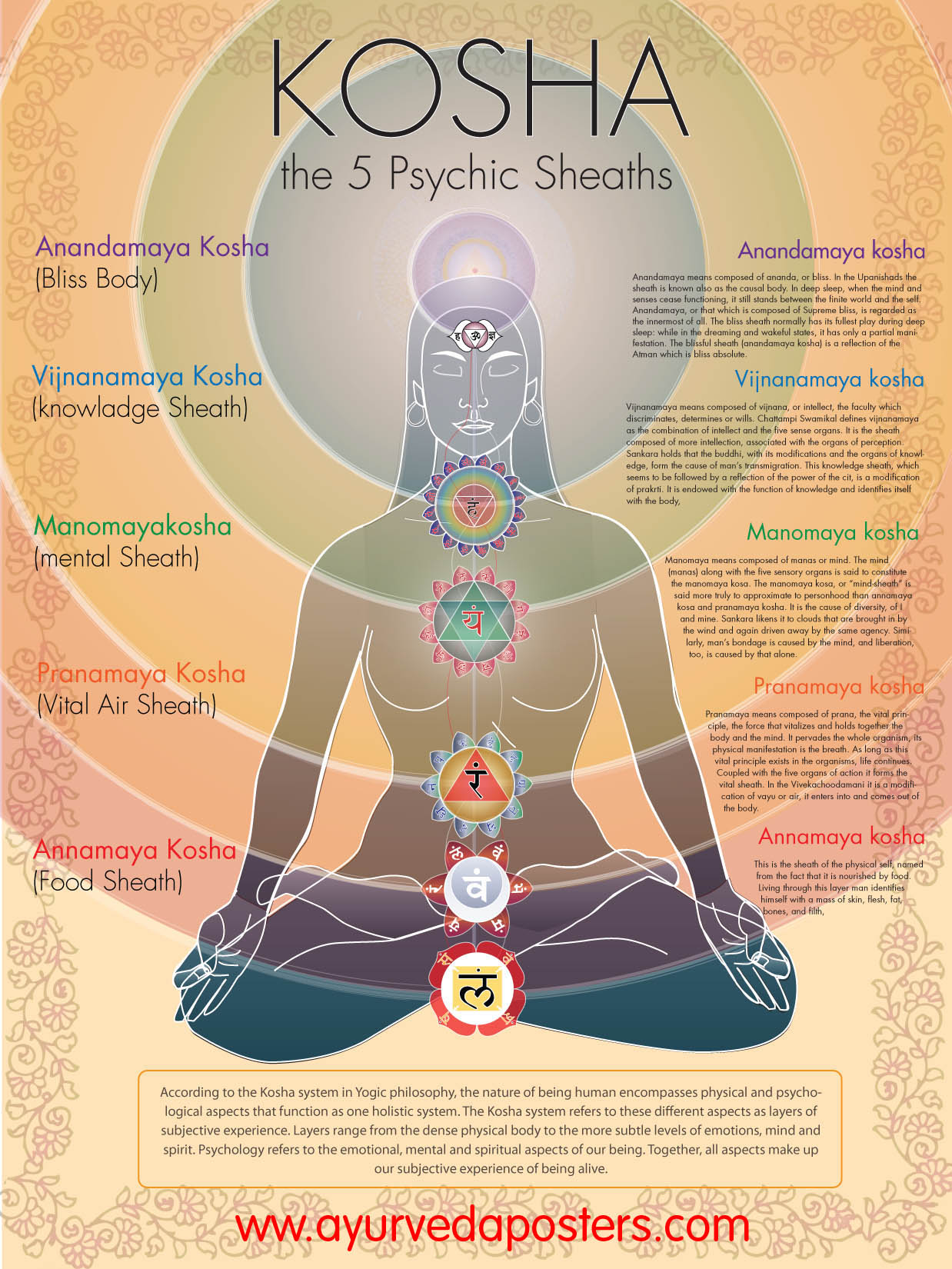
Tantra Yoga & Ayurveda
Live the most Juicy Life you can Imagine.
We are SO worth it!


Free Introductory Course
Exploring Practices & Concepts of Tantra & Ayurveda
October 6th from 10-12am
(replay available)

What is Tantra?
Tantra translates from Sanskrit to mean ‘to weave’ or ‘to expand’.
My teacher Katie Silcox, describes Tantra as the practice of keeping “one foot in Divinity and one foot in the world.” One of her teachers, Pandit Rajmani explains it as, “the process of eliminating the wall between spiritual fulfillment and worldly fulfillment.” or more simply: weaving the two together.
All is Sacred
Tantra is the movement from the gross sensory experiences to the subtle realms. Discovering or perhaps rediscovering the joy of being alive, the importance of stopping to smell the roses, scheduling time for self-care, slowing down to eat and really taste one’s meal. Tantra is using sacred geometry to design spaces and using the stars to understand auspicious timing for important events. Tantra is putting one’s body in shapes (called asana) and meditating on the sensations and experiences that shape invokes. It is exploring the pauses in breath retention and connecting with ancestors through the creation of altars and the use of prayerful intention. Tantra is the totality of this experience, it leaves nothing out, it is the belief that all is sacred, that it is all here to help us grow, to help us expand.
Way Beyond Sex
While it does include the kama sutra (the study of pleasure practices including sex) it is far beyond just that. And while I’m grateful to have discovered a path that includes love making as one of our most sacred acts, I also realize the limiting box this has put around something that is as big as the universe. There is a reason many of the other spiritual paths demand sexual abstinence to become an advanced practitioner such as a monk, nun or priest. By removing this potent practice you free up a huge amount of time and energy that is dedicated to the pursuit of love making. That energy can then be re-channeled into prayers, meditation and the mastery of a skill. The path of the true Tantric, is one of the most challenging paths because there is a slippery slope in the world of pleasure, and some have found abstinence the easy of the two paths to traverse.
Pleasure Practice
Pleasure, however, has also received a bad rap in the process. Why would we ever want to renounce such a beautiful, natural thing? Again, we come to the slippery part of the path. It is challenging for the ego to enjoy without craving, to acknowledge without repressing, to acquire without greed and to share without giving it all away. There is a middle path, and the more and more subtle you go, the tighter and tighter the rope gets.
3 Precepts of Tantra
- Thought Follows Energy & Energy Follows Thought
- Change your energy and you will change how you think.
- Change how you think and you will change your energy.
- As Above So Below
- We are a microcosm of the macrocosm
- Everything that is in the Universe is within you, and everything within you is in the Universe
- The Body is the Temple and the worship is internal and therefore external at the same time.
- The Universe is limitless and ever expanding and so are you.
- Shakti (creative power) is Needed to Overcome Limitations
- Source energy can be harnessed and channeled
- We are capable of healing anything
- We are unlimited
Why Ayurveda?
Ayurveda may be over 5,000 years old, but it is not antiquated. It is constantly being improved upon, so it is one of the oldest forms of medicine with the longest running human trial. It is the medicine of the Grandmother’s now proven effective by modern science.
What we cover in this free Masterclass:
1. Accessing the Universal forces of creation and understanding how to work with them in our everyday lives.
2. How to use the ELEMENTS to assist us in restoring health and balance.
3. What is DOSHA and how does it show up in life?
4. How Tantra views the body, mind, spirit connection and the subtle layers or KOSHAS of our being.
5. What are the GUNAS and how can they help me come into alignment?
6. What is a TAPAS and how do I use it to build willpower and create lasting change?
7. How to self regulate the central nervous system when responding to stress.
8. Three of the best Ayurvedic practices that have changed my life.


